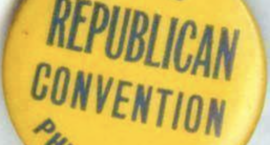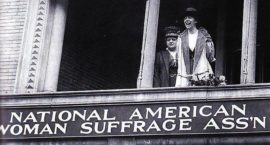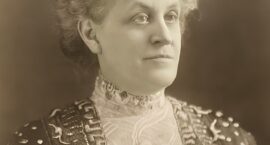
With the endorsement of the party whose legislators provided the votes needed to successfully put the 13th, 14th, 15th and 19th Amendments into the Constitution now assured, the battle will soon move to the Democratic Convention next month. Then it’s back to Congress to get the approval of 2/3 of the House and Senate, followed by a nationwide campaign to get 36 of the 48 State legislatures to ratify.









